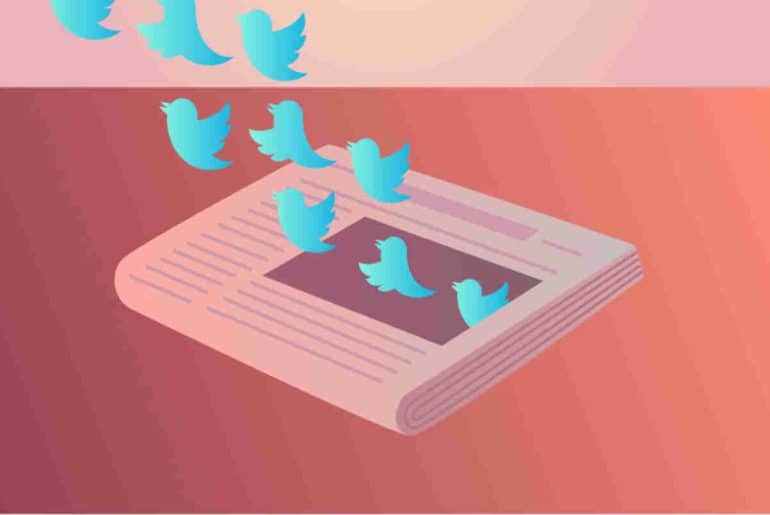Open either Instagram or Twitter, one thing that remains constant is the running commentary on the Russia- Ukraine war; and more than words, it is memes that are speaking.
Dark humour or dark comedy is a style of comedy that makes light of subject matter that is generally considered taboo, particularly subjects that are normally considered serious or painful to discuss. In this modern age where social media occupies our every living and breathing moment, it would be completely absurd to think that dark humour doesn’t leave its footprints in the social media world. Every time the world is going through a crisis or a tragedy, it feels like someone goes ahead and shouts “Social media assemble”, flooding everything— from Instagram to TikTok (or its counterparts in the case of India), Facebook to Twitter— with tweets, posts, and stories.
Everyone, ranging from the common people to official accounts of nations, end up jumping on this bandwagon, trying to put forward their own point of views and critiques. But more often than not, this ends up taking the form of internet’s most common currency of conversation, memes. Memes about World War 3, about being drafted for the war, about the inaction on the part of NATO and the UN, all ended up making rounds in the recent past. Some of them are still being reshared, while new memes keep coming up every hour of every day.
— Ukraine / Україна (@Ukraine) February 24, 2022
These memes tend to usually (always) carry an underlying tone of humour— a sort of romanticisation of tragedy and misery, maybe even a humanisation of these atrocities.
But does this joke-making and meme-sharing indicate a general apathy amongst the people of the world? Or does it only point towards a “Gen-Z urge” to use humour as a coping mechanism?
(Part of the meme response is about) glorifying the war for sure, but also not realising what war really is and what it means. So, dealing with in a laissez-faire kind of way.”
Says Dr. Saleem Alhabash, a professor at the media psychology department, Michigan State University.
The world of social media comes with pros of its own, one of the most obvious being that there is barely any consequence to your actions. This means that people from around the world get a green card to give out their opinions (and not necessarily opinions that are empathetic or even sympathetic, or opinions that are put forward in an acceptable way), leaving social media to become a space that is shadowed and claw-marked by a general dehumanisation of humanity, something that rarely gets appreciated by those living the reality you end up making jokes about.
View this post on Instagram
In all this conversation about making dark humour and using humour as a coping mechanism okay, there is one clear unsaid understanding, a clear demarcation, that making jokes on a tragedy is only acceptable when these jokes are made by someone who actually has the right and authority to do so (morally-speaking). Thus, the so-called “gallows humour” only works if you are the person facing the gallows; otherwise, it is just a callous and pathetic attempt to infringe and capitalise (in the form of fame) on someone else’s misery.
But maybe this indifference is not even indifference in its truest form; maybe it is just an outcome of the constant influx of information on social media and our constant scrolling, that we never get the chance to sit, stop, and actually listen. To pull at our heartstrings, anything needs a moment; social media just doesn’t let it have one.
So, does that mean that “crisis meme-making” is an embodiment of all things evil? Not really. Although these memes are a creation of the people, they are also just a reflection of reality (to some extent atleast).
So, when we look at how ubiquitous these memes are in the modern world, we also need to consider how they might just be the reflection of a common identity, fear, or anxiety; how they might just be creating a world community; how they might just be threading together all these numerous different lives, leaving none of us to feel alone.
Read also ‘Doomscrolling: The Addiction of the 2020s’
Feature Image Credits: Digital TV Europe
Manasvi Kadian


